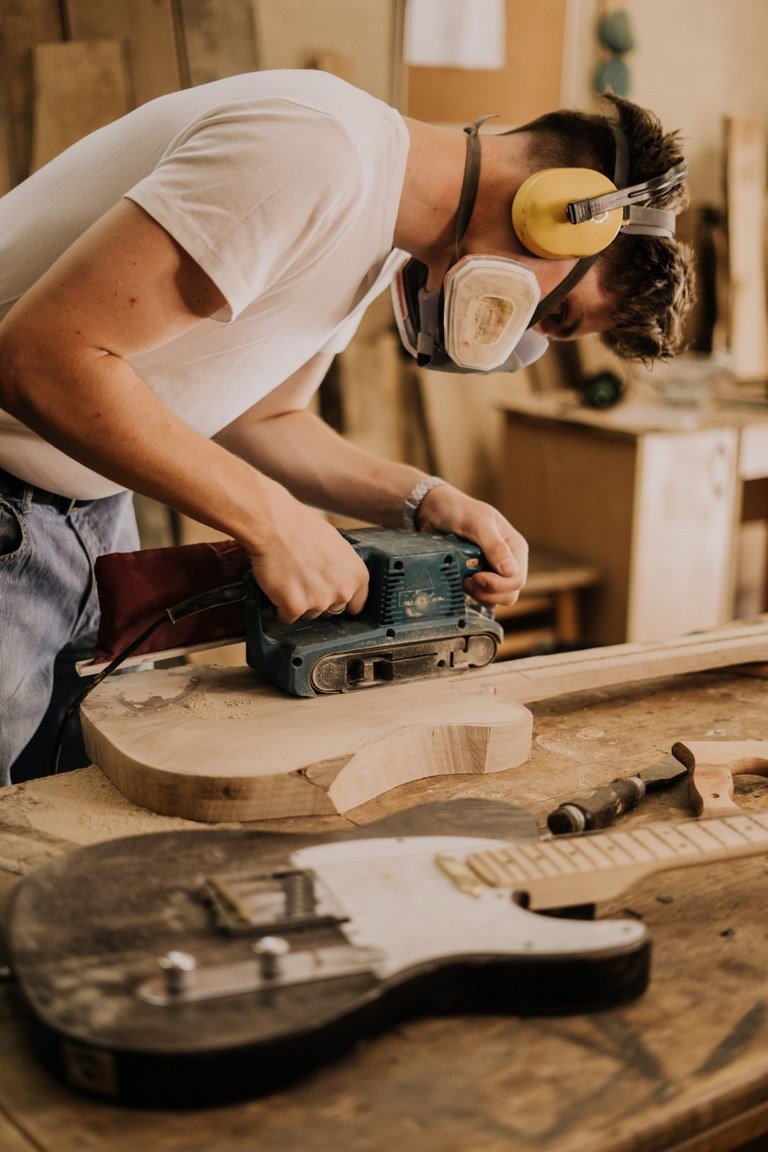Table of Contents Show
If you are trying to remodel or restructure your interior, you will most likely use a wide range of different hardware tools.
One of these tools is a rotary tool. While handling and operating a rotary may seem like a difficult task, there are some basic tips to make your work easier.
Using these methods can definitely save you some precious time. In this post, we will discuss the applications along with some tips and tricks of using a rotary tool.
What Sort of Rotary Tool Should You Use?
When it comes to hardware tools, a lot of things, little things can impact your project as a whole.
Before you get into using a rotary tool, you should know what a rotary tool is.
A rotary tool is a compact hardware tool that you can use for various hardware projects that include sanding, scrubbing, polishing, and even trimming edges.
Now you have that figured out; you can move on to choosing a rotary tool of your choice.
The go-to rule for using such a tool is based on two things, portability and compatibility.
For example, if we look at Dremel 4000 vs. 4300, one is portable, yet the other is highly compatible.
The portability factor enables you to carry and move your tool around the house easily.
This feature also means that you will better grip the tool and get a precise result on your project.
On the other hand, the compatibility of a rotary tool goes a long way in helping you. You can easily customize your tool to fit the project’s needs at hand.
Why Should You Use a Rotary Tool?
Rotary tools are specifically designed for precision work. They are compact and can easily get into places that are hard to reach or work on otherwise.
Besides being handy, they also pack a lot of power inside them. A rotary tool can spin at an RPM five times as much as a standard wall drill.
One other feature of rotary tools is that they are easy to control. You can easily form a solid grip around the tool and you don’t have to exert a lot of effort, even on maximum RPMs.
Rotary tools also have replaceable tips. This means that you can easily switch between polishing pad or engraving tips to best suit your task at hand.
Read Also:
Do you Need Protective Gear While Using a Rotary Tool?
The answer to this question is a yes. You should always wear protective gear while working around any hardware work, especially one that can create a lot of small-sized debris.
The next question in your mind would be what type of protective gear I should use? To answer this, you should first figure out the conditions of your project.
For example, if you will be working on a polishing task, you need eye goggles and a face mask.
The face mask will keep your airstream clean from any sort of dust. On the other hand, goggles will keep your eyes safe from polish chemicals.
You might also need a pair of hand gloves if you will work on sanding or engraving tasks.
This is because both of these processes make splinters which can easily injure your fingers.

What Type of Projects Can a Rotary Tool be Used for?
As mentioned above, rotary tools are highly versatile and can be used for various home improvement/DIY projects. Following are some of these examples.
Polishing Surfaces:
You can easily replace the tip of your rotary tool with a polishing pad to give your metallic and wooden objects a fine shine.
You will find it quite easy to polish metals because of the high RPM. However, you will have to be careful when working with a wooden surface.
Engraving:
The high RPM of a rotary tool also makes it suitable for engraving and carving purposes.
The only thing you need to be careful about is that they are incredibly sharp. Wearing hardened hand gloves can ensure any unwanted damage to your fingers.
Sanding Objects:
Sanding is a necessary process and quite an important one in some projects. If you want to give your home objects a makeover with paint, you might have to sand them properly beforehand.
You can easily do this by switching to a sandpaper tip and get on with your DIY project.
Cutting:
You can also use your rotary tool for cutting wooden objects or giving them a sharp trim. To that, all you need to do is change your tip with a razor tip.
You can use it to cut holes in your drywalls, trim unwanted edges off your metal and wooden objects as well.
Before doing any of the tasks mentioned above, you should always practice on a small board or piece to check if your hardware equipment is working correctly.
This can go a long way in saving time and getting the maximum efficiency out of your rotary tool.
How to Properly Clean the Waste Material?
When it comes to any hardware work, side waste and debris are a must. No matter how careful you are, you will end up with some sort of waste.
It can just be a fine layer of sawdust, or it can be a mess of wooden splinters.
The first and foremost thing to do is to keep yourself clean. You can do this by wearing an overall suit for working especially if you are dealing with any polishing or sanding work.
Small particles can easily get through fabric and cause irritation.
The next thing to do is to keep a normal or a handheld vacuum cleaner with you.
You should use it after regular intervals to keep your working space from getting overwhelmed with waste.
Conclusion:
It is no hidden thing that learning the basics of a process can streamline it very easily. The same is the case with rotary tools.
To sum everything up, rotary tools are very handy and useful if you can use them according to your working conditions.
They can benefit you with a great deal of assistance in a wide array of home improvement tasks.










